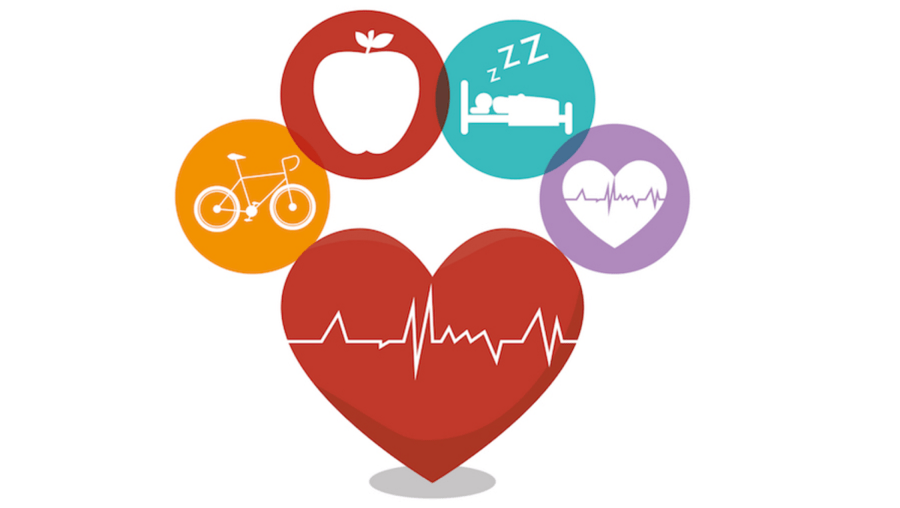Skin Cancer Prevention: A Comprehensive Strategy for Protecting Your Skin
Skin cancer, a leading cause of cancer globally, poses a significant public health concern. However, a substantial portion of skin cancers are preventable through proactive and comprehensive strategies. This article will analyze the risk factors associated with skin cancer and delineate a multi-pronged approach to skin protection, incorporating established behavioral change models and cancer prevention frameworks such as the Health Belief Model (HBM) and the Transtheoretical Model (Stages of Change).
Understanding Risk Factors through the Lens of the Health Belief Model
The HBM provides a robust theoretical framework for understanding health behaviors. It posits that individuals are more likely to engage in preventative behaviors when they perceive a high susceptibility to a health threat, believe the threat is severe, perceive benefits outweighing barriers to action, are presented with cues to action, and possess sufficient self-efficacy to implement changes. In the context of skin cancer, perceived susceptibility involves acknowledging personal risk based on Fitzpatrick skin phototyping (skin type), family history of skin cancer, and past sunburns. Perceived severity recognizes the potential for disfigurement, disability, and mortality associated with melanoma and non-melanoma skin cancers. The HBM emphasizes the importance of clearly communicating the benefits of sun protection, addressing perceived barriers (e.g., inconvenience, cost), and bolstering self-efficacy through tailored interventions.
A Multifaceted Approach to Skin Cancer Prevention
Effective skin cancer prevention requires a multifaceted approach integrating individual responsibility with public health initiatives. The following strategies, organized by level of prevention, offer a comprehensive plan:
1. Personalized Risk Assessment and Mitigation (Primary Prevention)
Individual risk profiles should be assessed, considering factors such as fair skin, family history of skin cancer, presence of numerous moles (nevi), and a history of severe sunburns. This personalized approach aligns with the principles of precision medicine, allowing for tailored preventive measures based on individual vulnerabilities. High-risk individuals may benefit from more frequent skin examinations and stricter adherence to sun protection guidelines.
2. Modifying the Environment and Behavior (Primary Prevention)
Sun Avoidance and Shade Seeking: Minimizing sun exposure, particularly during peak UV radiation (10 a.m. to 4 p.m.), is crucial. Seeking shade represents environmental modification, a key element within the HBM framework. This directly reduces exposure to ultraviolet (UV) radiation, a primary causative agent of skin cancer.
Protective Clothing as a Physical Barrier: Protective clothing acts as a physical barrier against UV radiation. Long sleeves, long pants, wide-brimmed hats, and UV-protective sunglasses significantly reduce skin exposure. This aligns with the Transtheoretical Model's concept of providing readily implementable behavioral changes. This method provides a tangible and easy-to-adopt strategy for individuals at any stage of change.
3. Topical Protection and Habits (Primary Prevention)
Sunscreen Application: Applying a broad-spectrum sunscreen with an SPF of 30 or higher is vital. Broad-spectrum protection safeguards against both UVA and UVB rays. Generous application, repeated every two hours or more frequently after swimming or sweating, is crucial (American Academy of Dermatology guidelines). This represents a primary prevention strategy, directly reducing UV exposure.
Lip Protection: Lips are highly susceptible to sun damage. Using a lip balm with an SPF of 30 or higher is essential for lip health and cancer prevention.
Hydration: Adequate hydration promotes overall skin health and resilience to sun damage, reflecting a holistic approach to well-being.
4. Avoidance of High-Risk Behaviors (Secondary Prevention)
Tanning Bed Avoidance: Tanning beds emit high levels of UV radiation, substantially increasing skin cancer risk. Their avoidance is strongly recommended. This directly targets a known risk factor and aligns with secondary prevention strategies focused on risk reduction.
5. Early Detection and Intervention (Tertiary Prevention)
Regular Skin Self-Examination: Monthly skin self-examinations enable early detection of suspicious moles or lesions. Familiarity with the ABCDEs of melanoma (Asymmetry, Border irregularity, Color variation, Diameter >6mm, Evolving/changing) aids in identifying potentially cancerous changes. Early detection greatly improves treatment outcomes and survival rates, representing a crucial tertiary prevention strategy.
Professional Skin Examinations: Regular professional skin examinations by a dermatologist are highly recommended, particularly for high-risk individuals. This allows for early detection and intervention, minimizing the severity and potential for metastasis.
6. Protecting Vulnerable Populations and Promoting Collective Action
Children's Sun Protection: Children are especially vulnerable to sun damage. Parents and caregivers must prioritize their sun protection using clothing, sunscreen, and shade. This involves a social responsibility component of public health.
Eye Protection: Sunglasses providing 100% UVA and UVB protection shield eyes from harmful UV radiation, reducing cataract risk. This reflects a holistic sun protection approach.
Community Engagement and Health Promotion: Public education campaigns and community engagement initiatives raise awareness, promoting collective action and the adoption of sun-safe practices. This strategy addresses the broader societal context of sun protection.
Conclusions and Recommendations
Comprehensive skin cancer prevention demands a multi-faceted approach that integrates individual responsibility with public health strategies. This necessitates understanding individual risk profiles, implementing protective behaviors, and utilizing established behavioral change models. Future research should focus on: developing culturally sensitive interventions, evaluating communication strategies, exploring technological solutions (e.g., personalized risk assessment tools and UV monitoring apps), implementing policies promoting sun-safe environments (e.g., increased shade in public spaces and tanning bed regulation), and promoting ongoing public health education campaigns. A comprehensive, holistic approach encompassing individual actions and broader social and environmental changes is crucial for long-term success in reducing the global burden of skin cancer.
Reader Pool:
Considering the multifaceted approach to skin cancer prevention outlined in this article, what additional strategies or public health interventions do you believe would be most effective in significantly reducing the incidence of skin cancer within your community?
```




No comments yet. Be the first to share your thoughts!